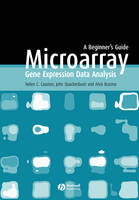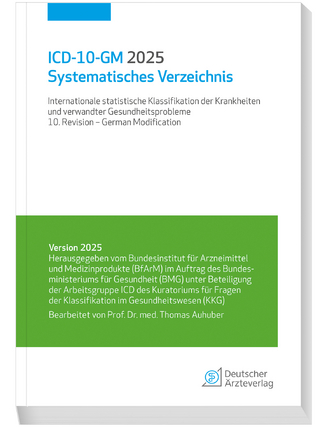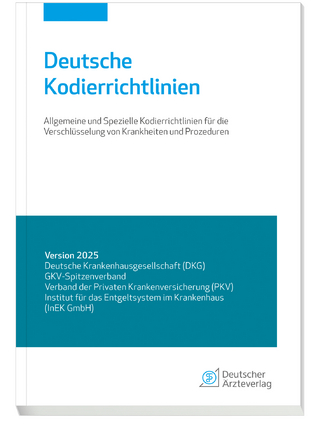
Microarray Gene Expression Data Analysis
Wiley-Blackwell (Verlag)
978-1-4051-0682-5 (ISBN)
This guide covers aspects of designing microarray experiments and analysing the data generated, including information on some of the tools that are available from non-commercial sources. Concepts and principles underpinning gene expression analysis are emphasised and wherever possible, the mathematics has been simplified. The guide is intended for use by graduates and researchers in bioinformatics and the life sciences and is also suitable for statisticians who are interested in the approaches currently used to study gene expression.
Microarrays are an automated way of carrying out thousands of experiments at once, and allows scientists to obtain huge amounts of information very quickly
Short, concise text on this difficult topic area
Clear illustrations throughout
Written by well-known teachers in the subject
Provides insight into how to analyse the data produced from microarrays
Helen Causton is an experimental biologist who carried out some of the early studies on genome-wide transcriptional regulation in yeast using microarrays. She is Head of the Clinical Sciences Microarray Centre at Imperial College, University of London. John Quackenbush is a principal investigator at The Institute for Genomic Research (TIGR). His research interests include development of software for microarray data analysis, gene indices and comparative genomics. Alvis Brazma is a computer scientist who has been involved in microarray data analysis since 1998. He heads microarray informatics at the European Bioinformatics Institute and is in charge of establishing a public repository for microarray data.
Preface. Acknowledgements.
Part I: Introduction:.
1. What Are Microarrays?.
2. Use Of Icroarrays To Monitor Gene Expression.
3. Other Uses For Microarrays.
4. Challenges Associated With The Generation Of Large Amounts Of Complex Data.
5. Future Directions.
Part II: Aspects Of Experimental Design:.
6. Features Of Microarray Data.
7. Designing The Best Experiment.
8. Preparation of Target.
9. Design of Spotted Arrays.
10. Hybridisation.
11. Long Term Considerations.
12. Verification of Results.
Part III: Data Analysis:.
13. Preliminary Processing of Data.
14. Methods for Data Analysis.
15. Graph Models.
16. Software In The Public Domain.
17. Visualisation of Data.
Part IV: Glossary:.
Index.
Colour plates fall between pp. 84 and 85.
| Erscheint lt. Verlag | 27.3.2003 |
|---|---|
| Verlagsort | Hoboken |
| Sprache | englisch |
| Maße | 174 x 248 mm |
| Gewicht | 336 g |
| Themenwelt | Informatik ► Weitere Themen ► Bioinformatik |
| Naturwissenschaften ► Biologie ► Biochemie | |
| Naturwissenschaften ► Biologie ► Genetik / Molekularbiologie | |
| ISBN-10 | 1-4051-0682-4 / 1405106824 |
| ISBN-13 | 978-1-4051-0682-5 / 9781405106825 |
| Zustand | Neuware |
| Informationen gemäß Produktsicherheitsverordnung (GPSR) | |
| Haben Sie eine Frage zum Produkt? |
aus dem Bereich


